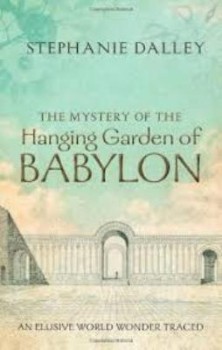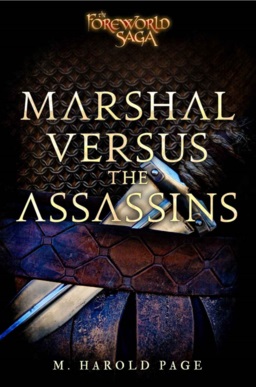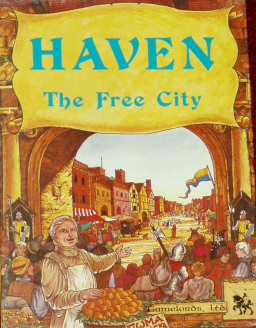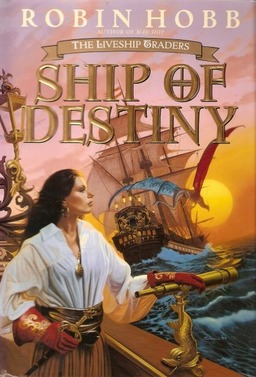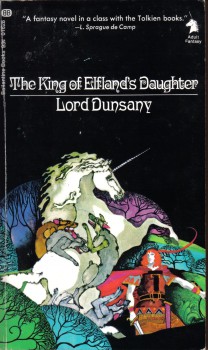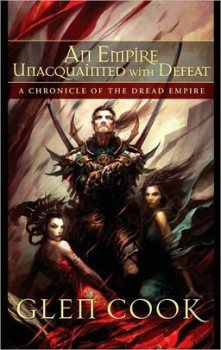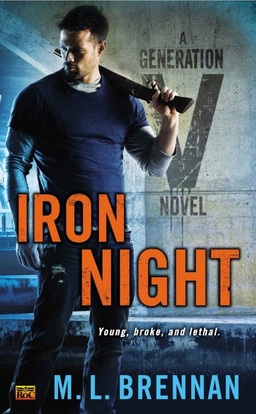Apocalypse Then, and Now
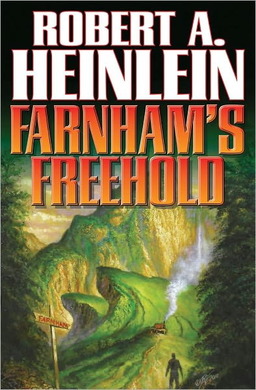 Last week, I was talking about Paul O. Williams’s The Pelbar Cycle, which generated a comment about the changing nature of the apocalypse. After all, nowadays we hardly ever see that word without “zombie” in front of it. As my commentator noted, the idea of a nuclear apocalypse largely disappeared after the 1980s. Perhaps this is a natural outcome of the ending of the Cold War – with the two big nuclear powers no longer at odds with one another, the threat of nuclear war effectively disappeared.
Last week, I was talking about Paul O. Williams’s The Pelbar Cycle, which generated a comment about the changing nature of the apocalypse. After all, nowadays we hardly ever see that word without “zombie” in front of it. As my commentator noted, the idea of a nuclear apocalypse largely disappeared after the 1980s. Perhaps this is a natural outcome of the ending of the Cold War – with the two big nuclear powers no longer at odds with one another, the threat of nuclear war effectively disappeared.
Or did it? It’s not a plot point for any of the books, so it’s not a spoiler for me to tell you that the events of The Pelbar Cycle follow both a natural and a nuclear disaster. The (then) big two nuclear powers knew that an impending meteor strike would look like nuclear events and agreed not to react, but other, smaller nuclear nations either weren’t aware, or didn’t believe, and they did react, bringing about the world that Williams describes.
That didn’t happen in Larry Niven and Jerry Pournelle’s phenomenal Lucifer’s Hammer (1977). In their case (again, no real spoilers here), the apocalyptic event is a comet strike and the nuclear powers refrain from “mistaking” it for an attack. There’s plenty of politics in the story, but it’s the politics of survival and not so much the politics of war.

